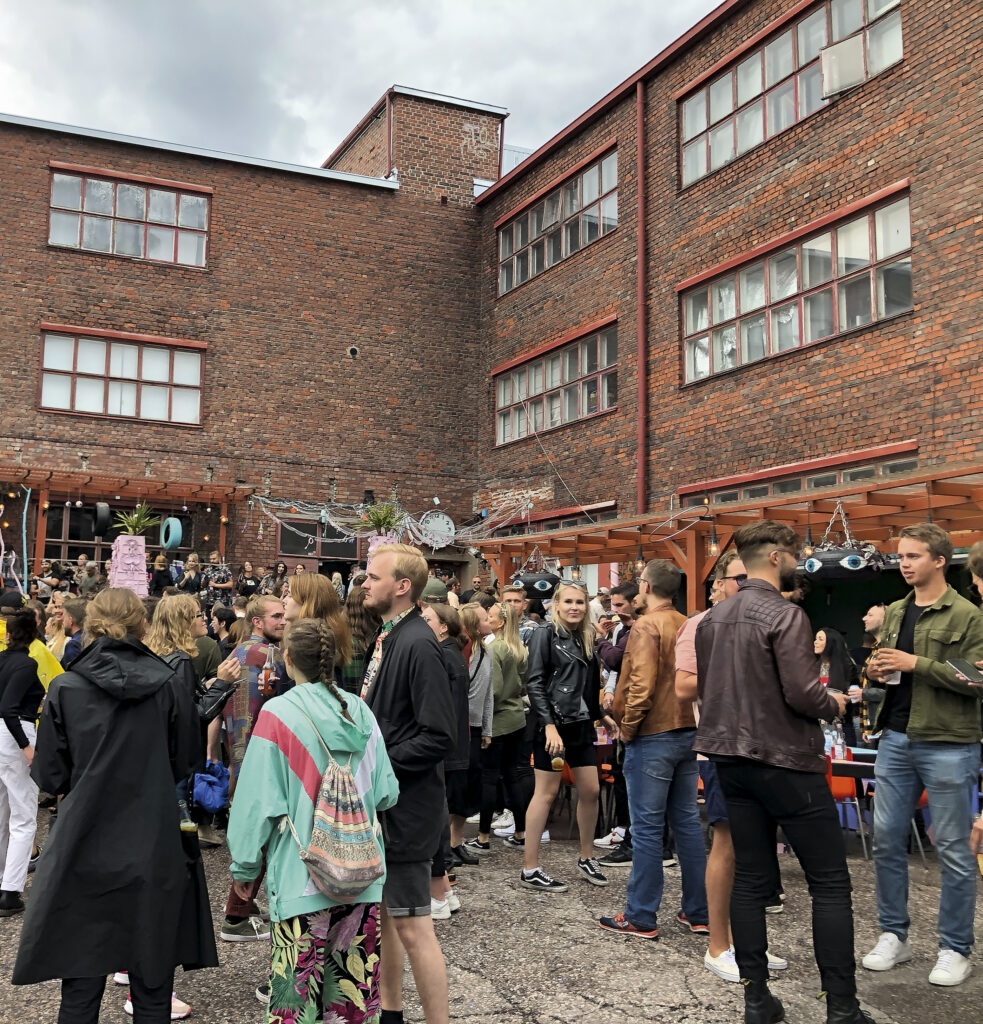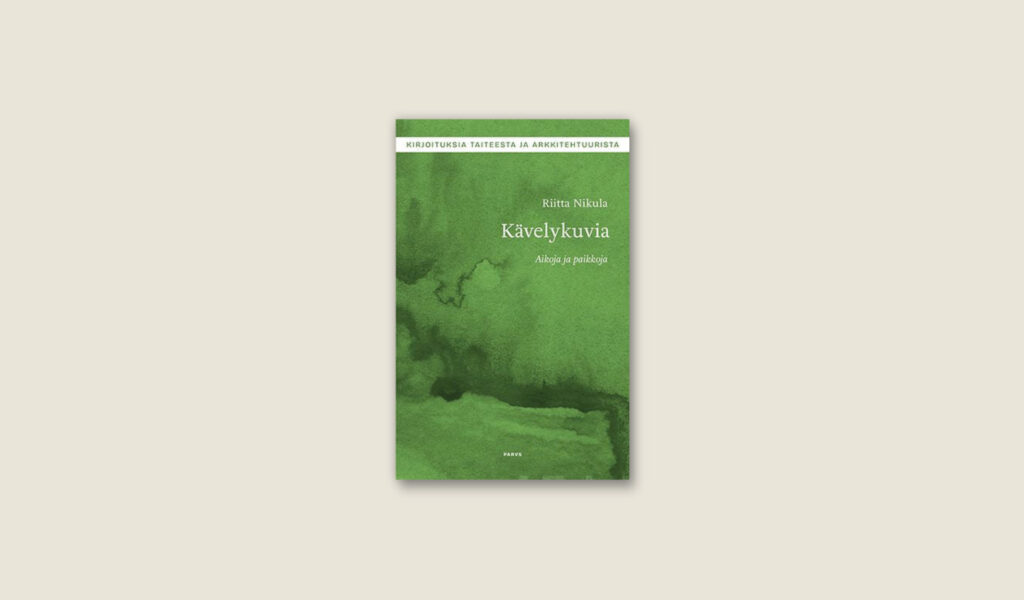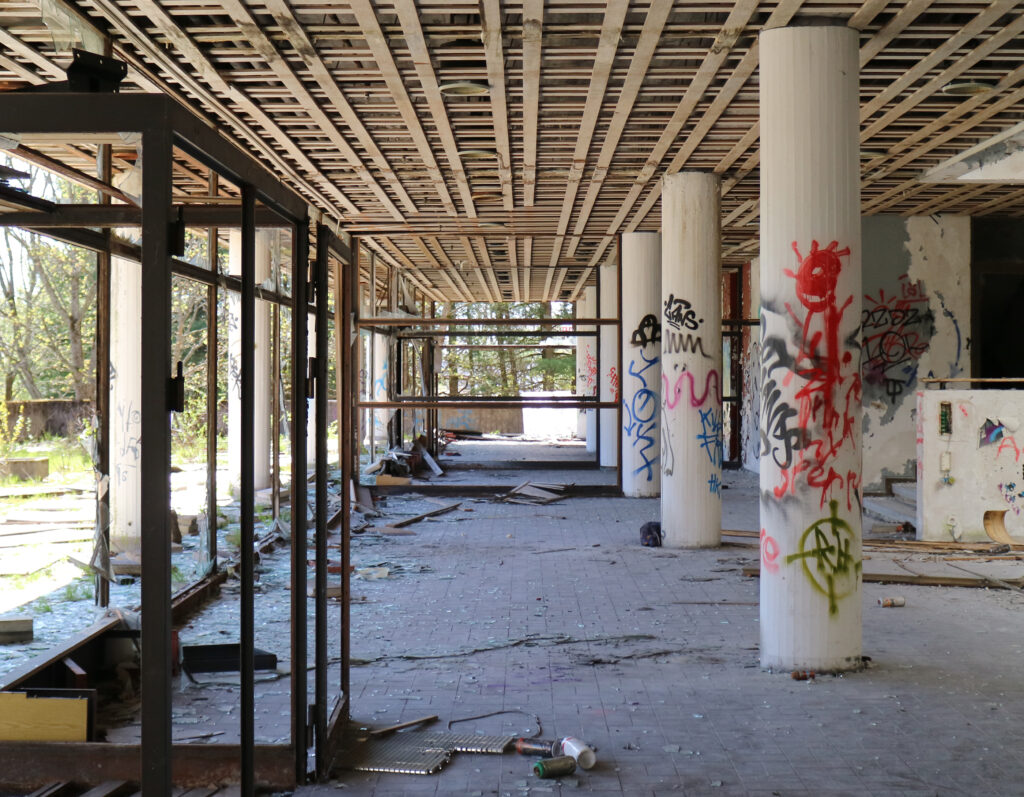The Changing Values of Modernity
How to approach post-World War II architectural heritage? The Modern Heritage issue outlines alternative approaches to this.
This year’s Venice Architecture Biennale has made it clear that the maintenance, repair and protection of the built heritage are currently among the most pressing issues in our field. In Finland, the focus is inevitably on post-World War Two architecture, which makes up almost 90 % of our building stock. The group of over 1.3 million buildings includes unique monuments, modest everyday construction and outright environmental crimes, and from a climate perspective, the lifecycle of all of them should be extended as far as possible. This issue of the Finnish Architectural Review outlines a few alternative ways of approaching this diverse heritage.
The claim that buildings in the 1970s were designed to last only 50 years is often repeated in public discourse, at which point they would be approaching the end of their technical lifespan. Silja Ylitalo sets out to ascertain where this notion originated and whether it can be supported by the technical solutions or building guidelines from that era. It turns out to be a myth.
The wave of demolitions in recent years and the debate surrounding it has focused particularly on office buildings from the 1960s and 1970s. Demolition is typically justified with technical and economic arguments, but as Helmi Häkkinen writes in her article, the decisions are influenced not only by cold facts but also by what kind of intangible values the owners recognize in their buildings.
A telling example in this issue of changes in appreciation is the Haiku office building in Helsinki. The building from 1976 formed such a harmonious pair with its slightly older neighbour that few even thought of them as separate buildings before the neighbouring building was demolished in 2016. However, the office building planned for the site was not built due to a reassessment of the state’s real estate policy, and the more recent hybrid building project has also had to wait for more favourable economic conditions. In the meantime, the remaining building has been renovated, respecting its architecture and recycling the original building parts. In hindsight, one must ask, would this have been a more sustainable path for the neighbouring building as well?
The group of over 1.3 million buildings includes unique monuments, modest everyday construction and outright environmental crimes, and from a climate perspective, the lifecycle of all of them should be extended as far as possible.
Even the works of Finland’s most internationally respected architects, such as Academician Juha Leiviskä, have not evaded demolition. The issue has been the risky structures used in the 1970s and 1980s and the resulting indoor-air problems. For this reason, the parish of Kirkkonummi decided to demolish its parish building, built in 1984, and after a multi-year long appeal process, the building’s fate now seems sealed. The Vantaa parish union, on the other hand, had the courage to repair Myyrmäki Church, which was built that same year. It is to be hoped that its renovation, presented in this issue, will become a model for the repair of Leiviskä’s buildings and the architecture of the era more broadly.
The poor durability of modern building materials and technical solutions often makes it difficult to follow the established principles of building conservation and restoration, even in protected sites. While in historical buildings it is customary to cherish, in the spirit of the Venice Charter, the layers and patina of different eras and to clearly distinguish new additions from old structures, modern buildings are often straightforwardly restored to their original splendour – as was also the case with Myyrmäki Church.
However, with renovations occurring approximately every 30 years, new layers inevitably emerge in modern buildings. For example, Alvar Aalto’s Finlandia Hall presented in this issue has already undergone two major renovations and numerous smaller changes during its more than 50-year history. So, is it high time to start seeing modern buildings not only as the vision of their original designers, but also as products of continuous maintenance, as this year’s exhibition in the Finnish Pavilion at the Venice Biennale demonstrated?
Modern architectural heritage also touches on the building project for the new Museum of Architecture and Design, the results of the international architectural competition for which will be announced at the time this issue is being published. Many believe that housing the museum in an existing building would have been more in keeping with the values of our time, and the most popular of the proposed options is probably the Hanasaari Power Plant by Timo Penttilä, built in 1974. We are therefore presenting Valtteri Hautsalo’s recent diploma thesis, in which he explored the suitability of the power station for use by the Museum of Architecture and Design together with the Helsinki Art Museum. Once the winner of the competition has been determined, it will be possible to compare which of them would produce a more impressive museum experience. ↙




